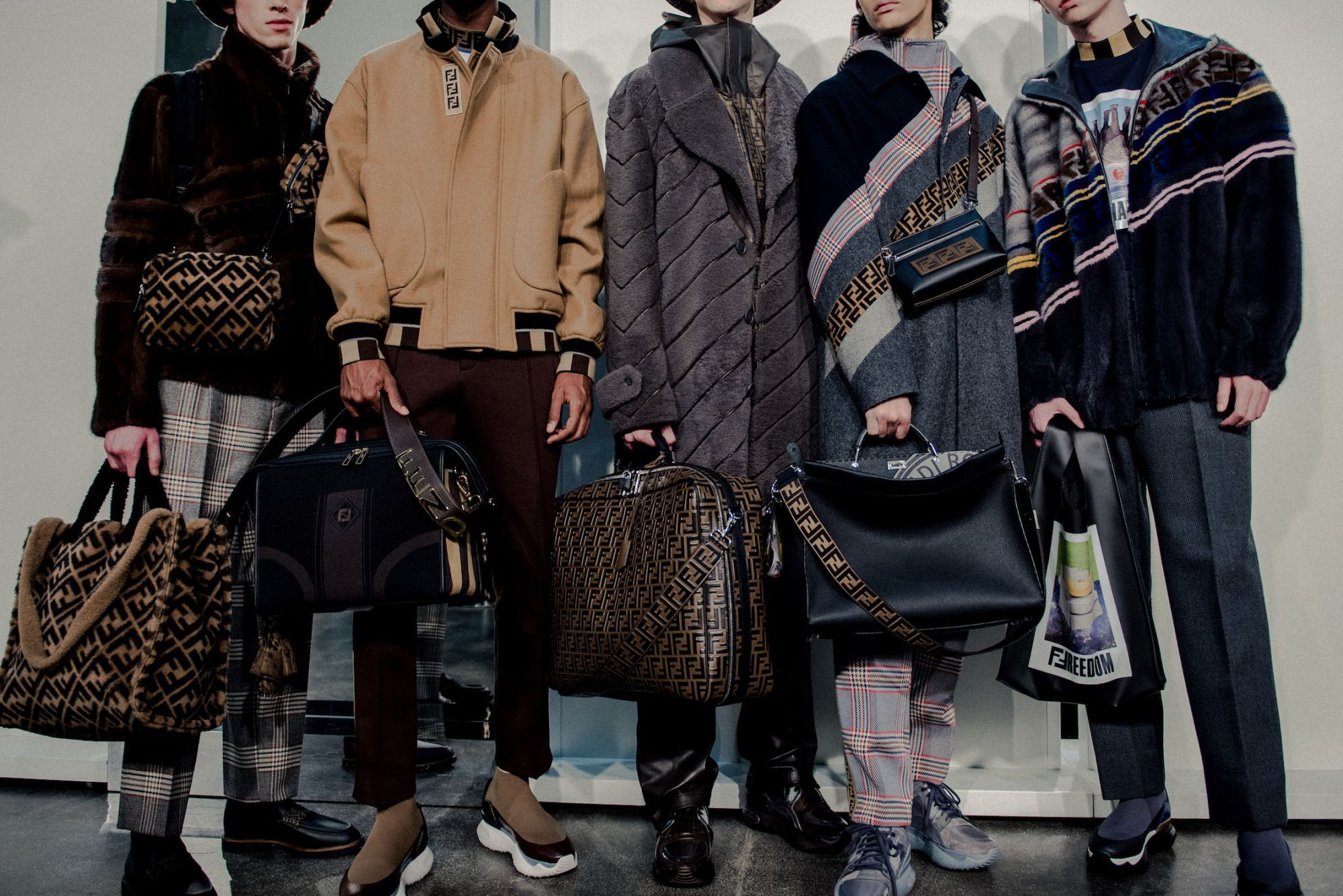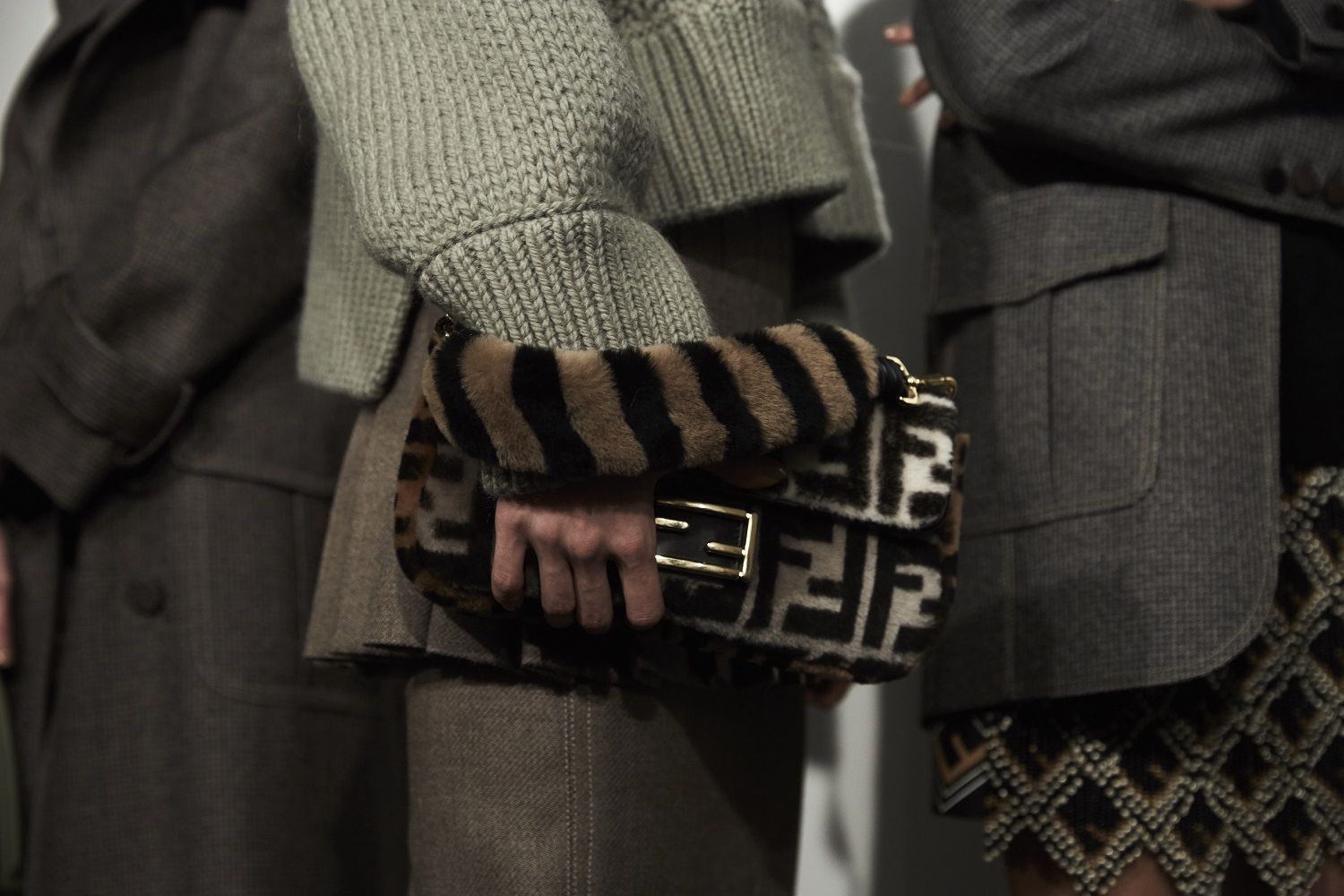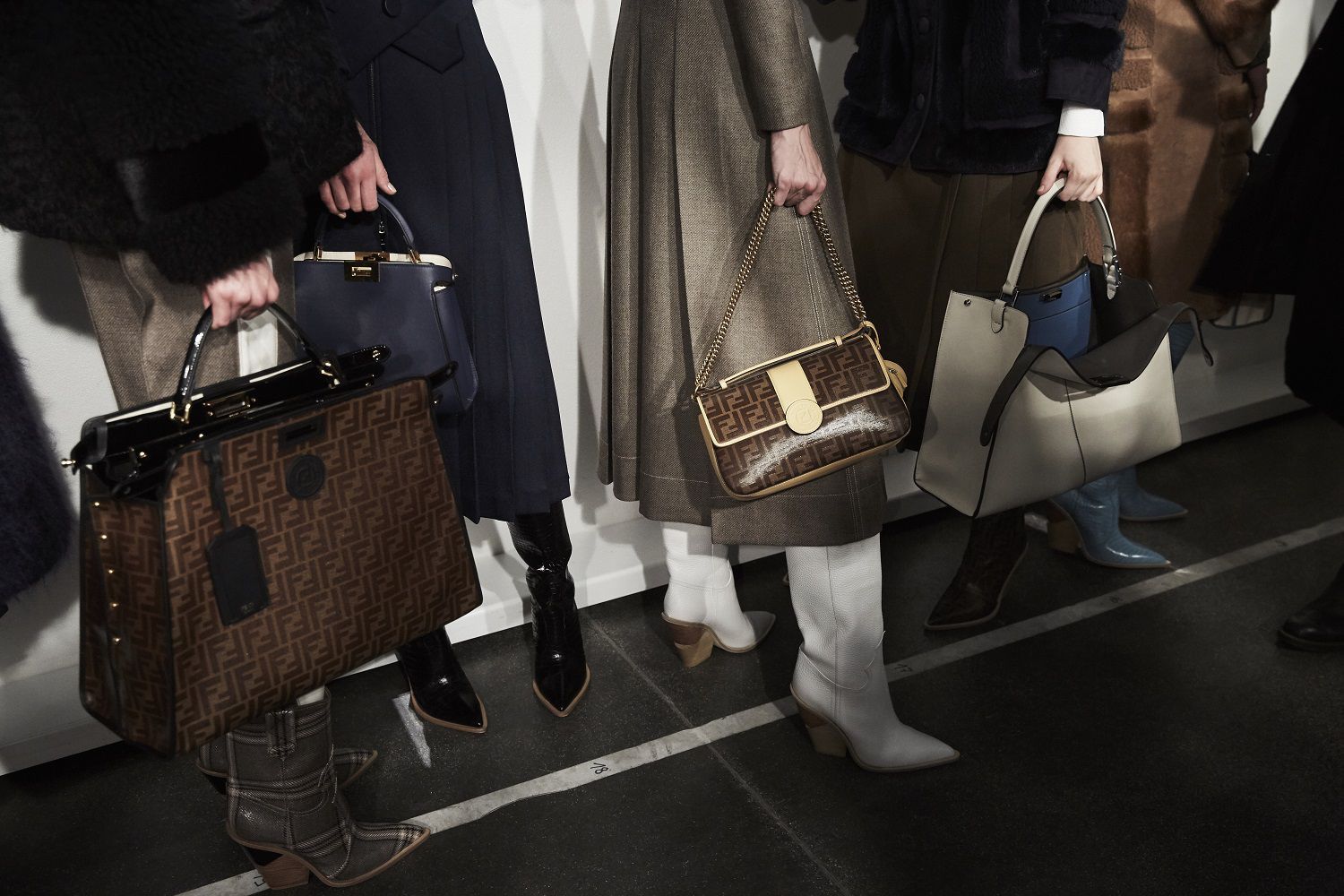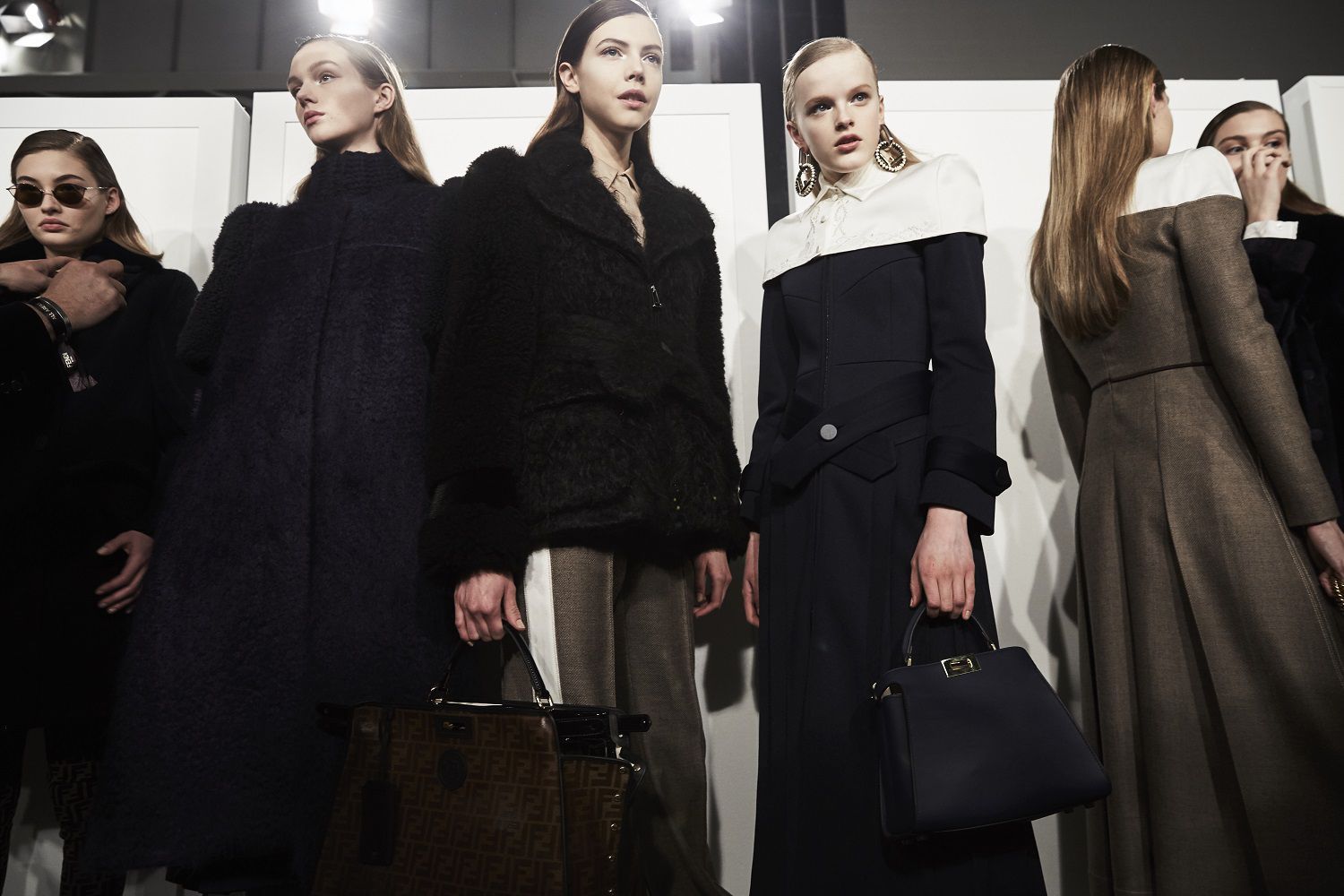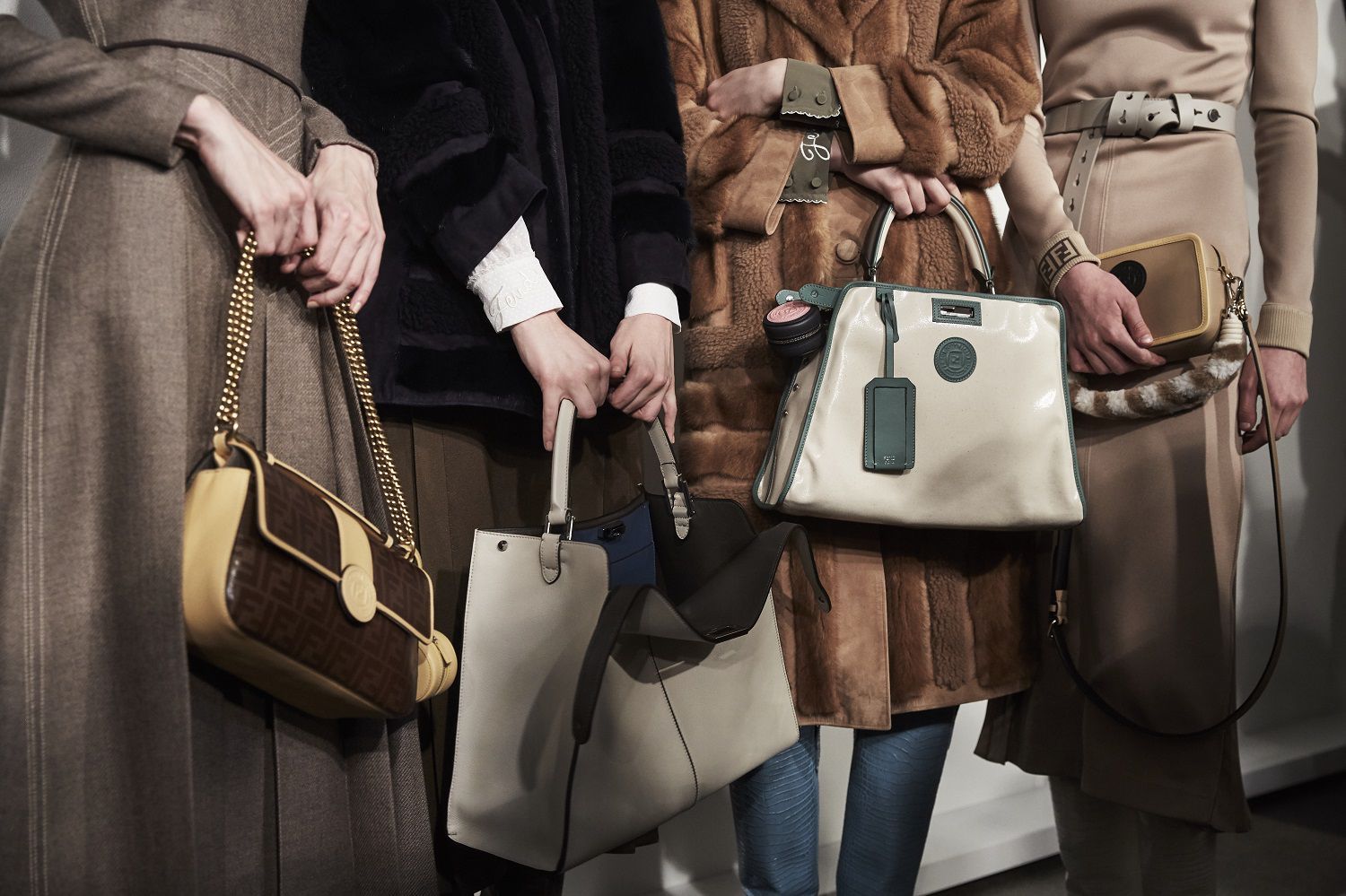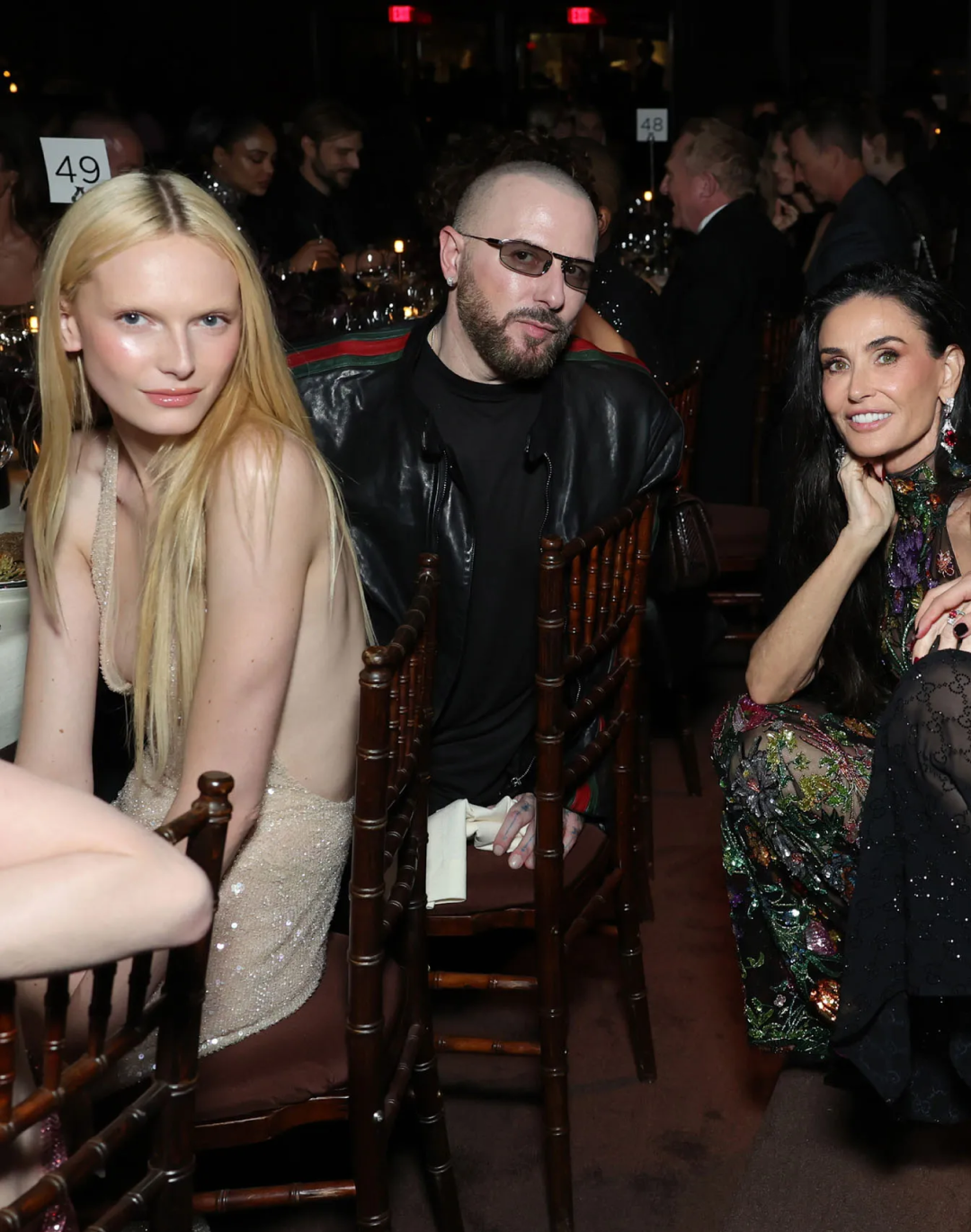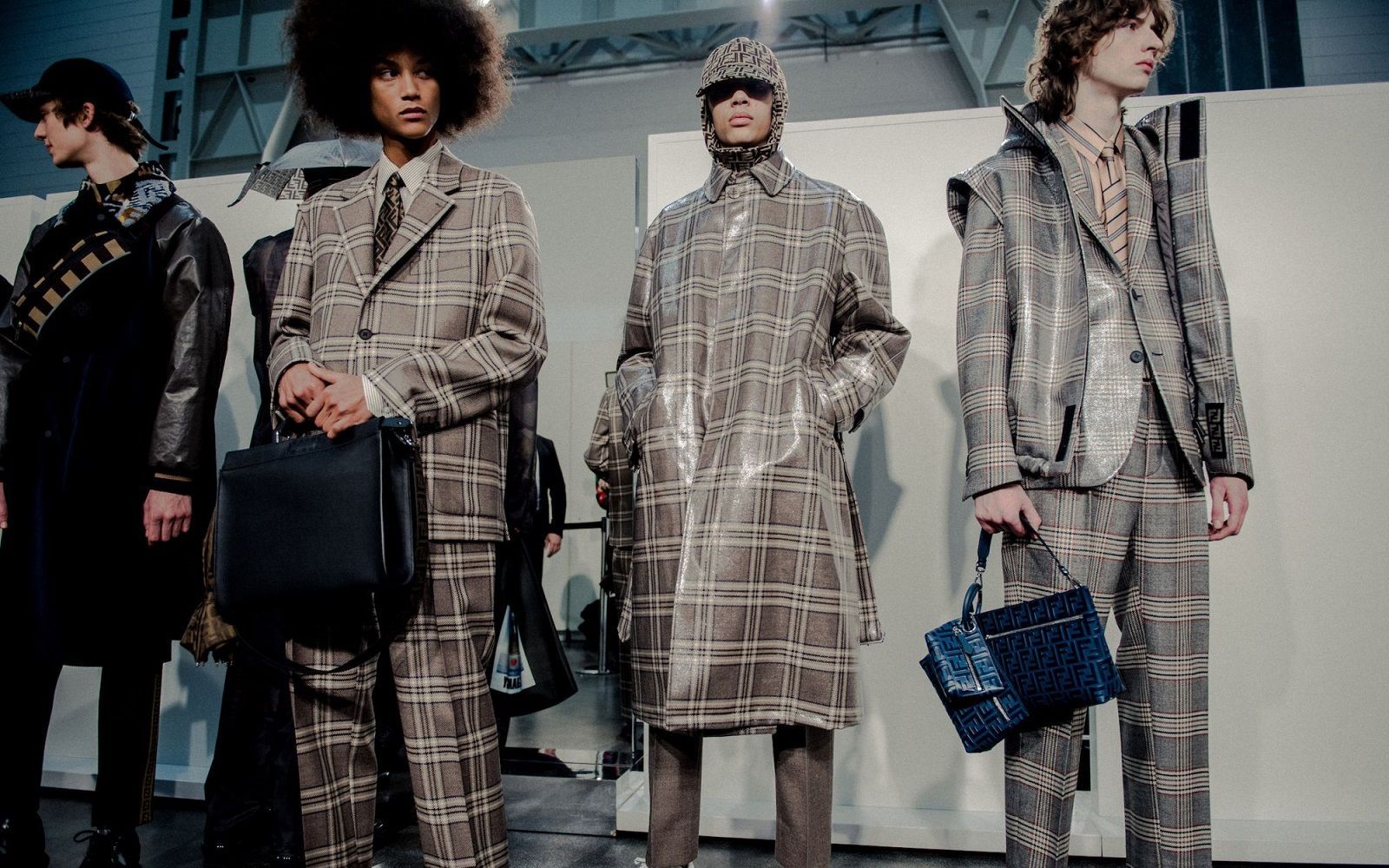
The voice outside the choir of fashion The response of the Director of the Chamber of Fashion to the proposals for reform of the industry
In recent weeks, more and more major players in the international fashion industry have called for a change in the fashion system and the usual fashion calendar. Alessandro Michele called the fashion season a "tired ritual", while Armani defined the pre-collections shows as "a tad vulgar". These and other statements, such as that of Dries Van Noten and the one co-signed by the CFDA and the British Fashion Council, were followed by concrete lines of action by Saint Laurent and Gucci, creating the feeling of a big change coming. The only voice out of the chorus, in recent days, was that of Carlo Capasa, director of the National Chamber of Italian Fashion, whose distrust of this reformism is on the one hand justified by his role but on the other raised interesting questions about the system of fashion weeks that had not yet been touched.
In a recent interview with Fashion Network, the director of the Camera Nazionale della Moda Italiana, Carlo Capasa, has held back on the desire for reformism expressed by many voices within the fashion industry in recent months by rejecting many of the ideas that surrounded a rethinking of the fashion shows: organizing them close to sale in stores would mean presenting a collection of items chosen more by buyers than by designers, with the slipping into the background of the latters; moreover, this retroactive, pre-ordered organization would strip the fashion shows of their status as creative expression. In addition, although partial to those same digital formats put in place for Milan Digital Fashion Week, Capasa has been critical of the see-now-buy-now:
"Plus, we do not accept the see now buy now idea, even if it can work for a few brands. When Burberry or Tom Ford tried this, it didn't work very well, did it?”
The same distrust has been expressed towards the co-ed format as the markets of menswear and womenswear have different buyers, retailers and manufacturers and therefore it would be more practical and efficient to keep them separate, also emphasizing how organizing many events within the same time window is a saving and not a waste. In essence, Milan will continue to adhere to the model of the four annual fashion weeks: January and June for the men's collections, February and September for women. Despite this, Capasa supported both the adoption of the new digital formats and the ideas of Armani and Dries Van Noten regarding the realignment of retail cycles and the need for a return of slow fashion, admitting in fact the faults of the current system:
“Yes, stores were anticipating the season too much. […] We need to reestablish the idea that our product has a value. Maybe, yes, there was too much overproduction in fast fashion. And, in our high quality world, we have unfortunately followed fast fashion too much”.
Is a new balance possible?
That the director of the Italian National Chamber of Fashion appears cautious and conservative is no surprise. The organization that Capasa represents is the regulator of fashion itself, the first responsible and promoter of fashion week, and it is natural that the attempts of the brands, which threaten to hold shows at their own unpredictable times, constitute a disruptive element for such a complex and delicate organization. Capasa's slowdown on excessive innovations, then, concerns not only the authority and image of the Chamber of Fashion but the fact that fashion week is a platform for brands. In other words, a top-player like Gucci can show where and how it wants and its show will always be relevant – the same can't be said of smaller or even up-and-coming brands so fashion week shows is a necessary status statement. In this sense, Capasa's words on the efficiency of the traditional system should be explained:
“Right now, everyone is very anxious to change everything. But change should be from inside ourselves. Let’s not forget, our business has been historically been working very well. Look at the number of young designers who are successful today.”












































